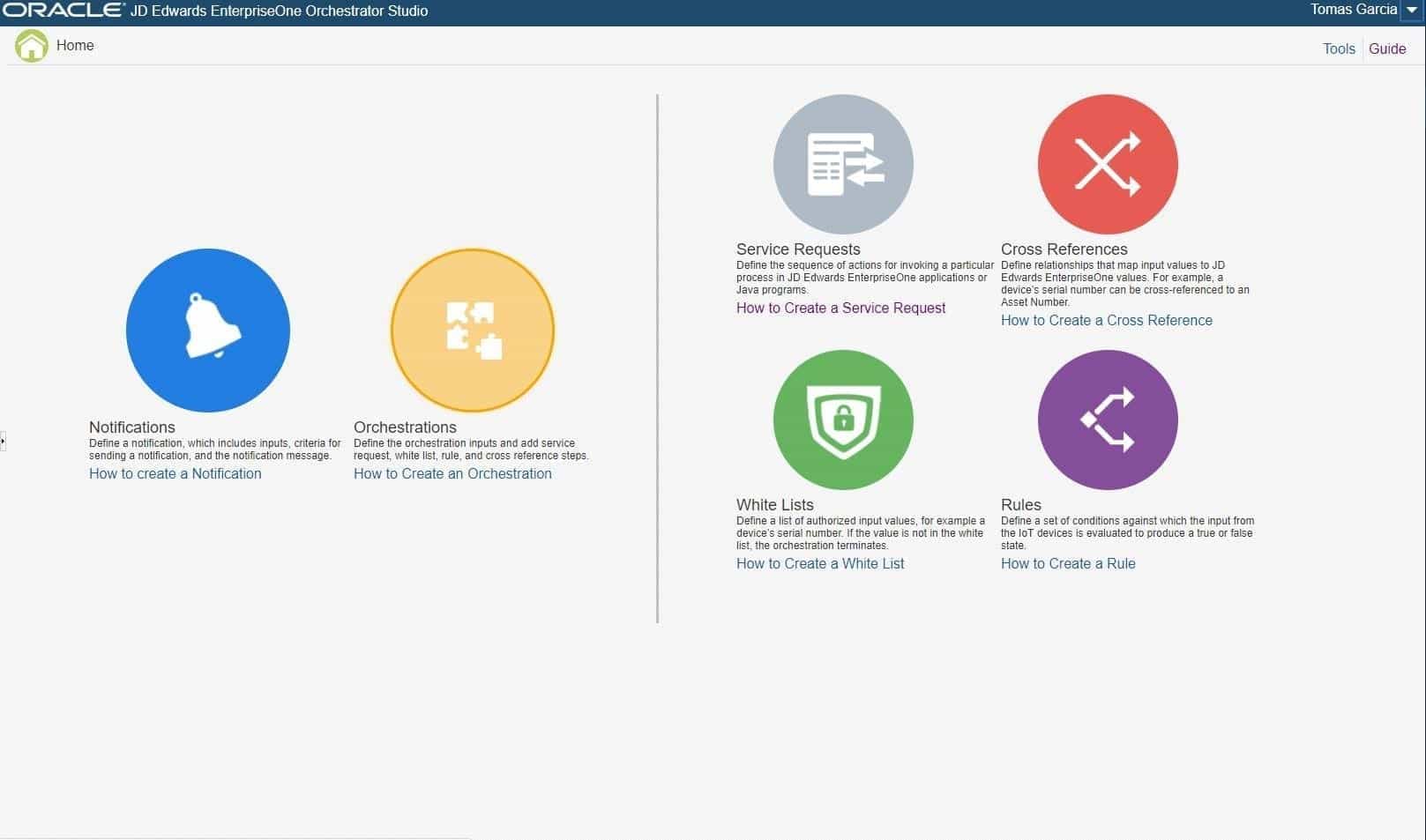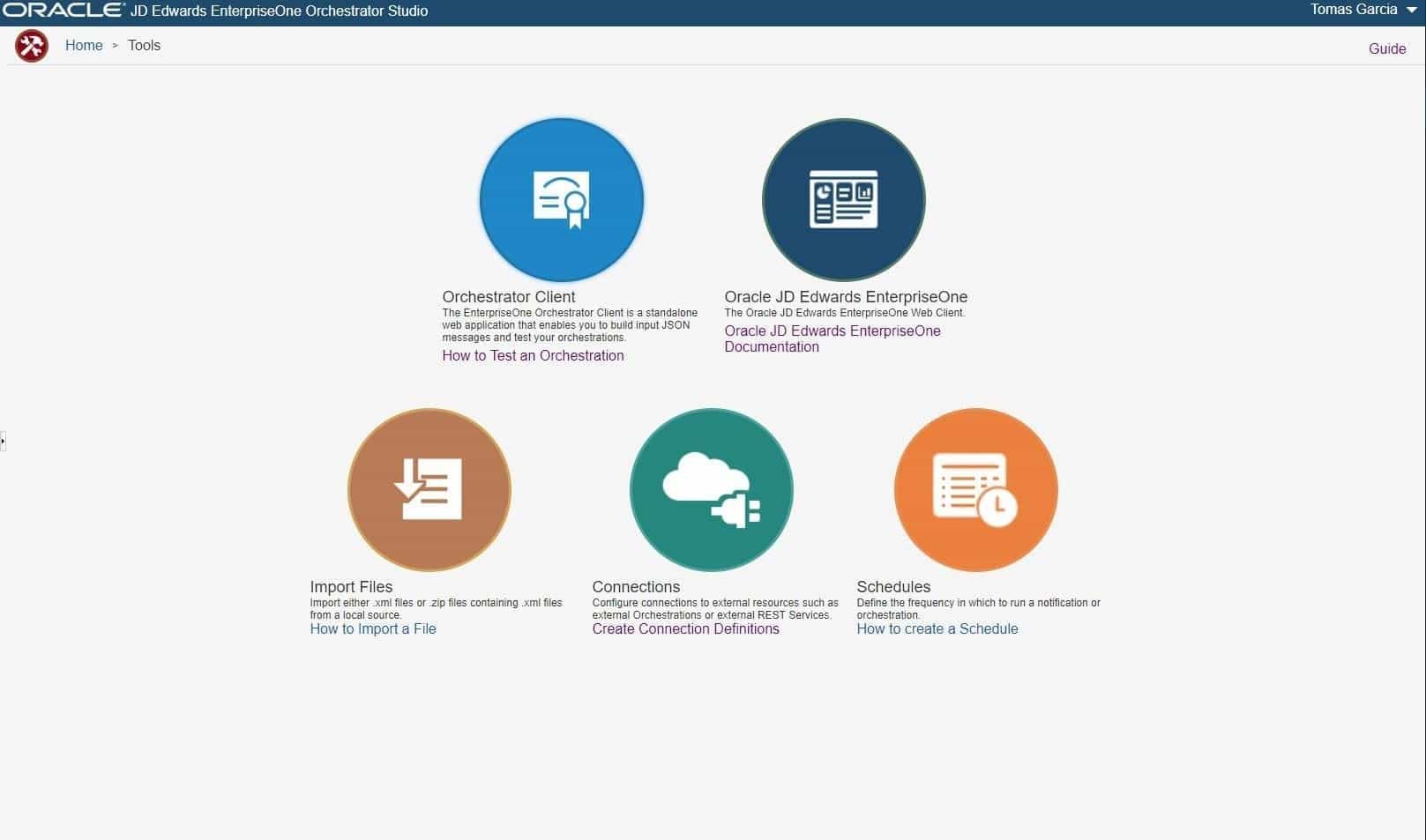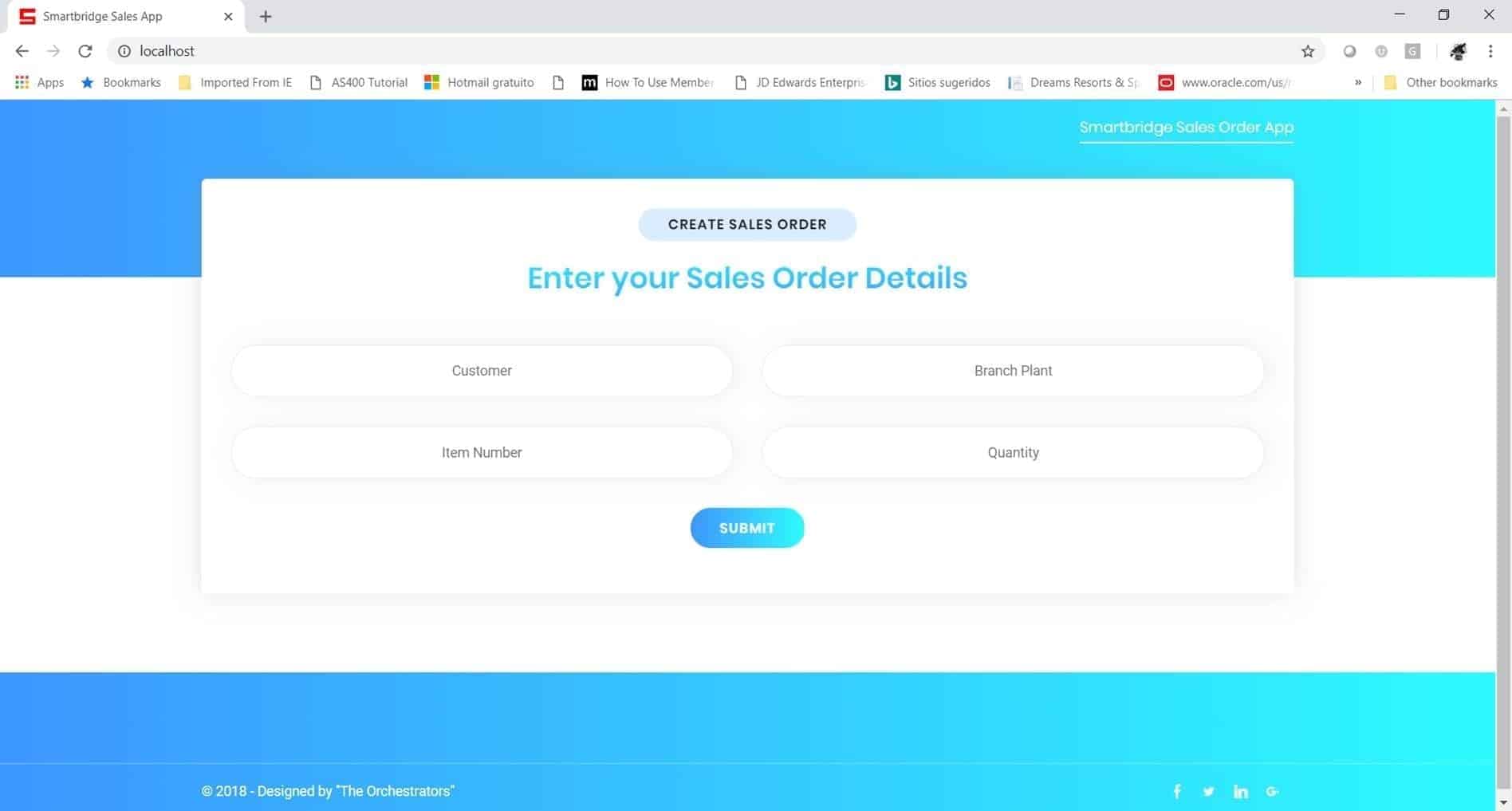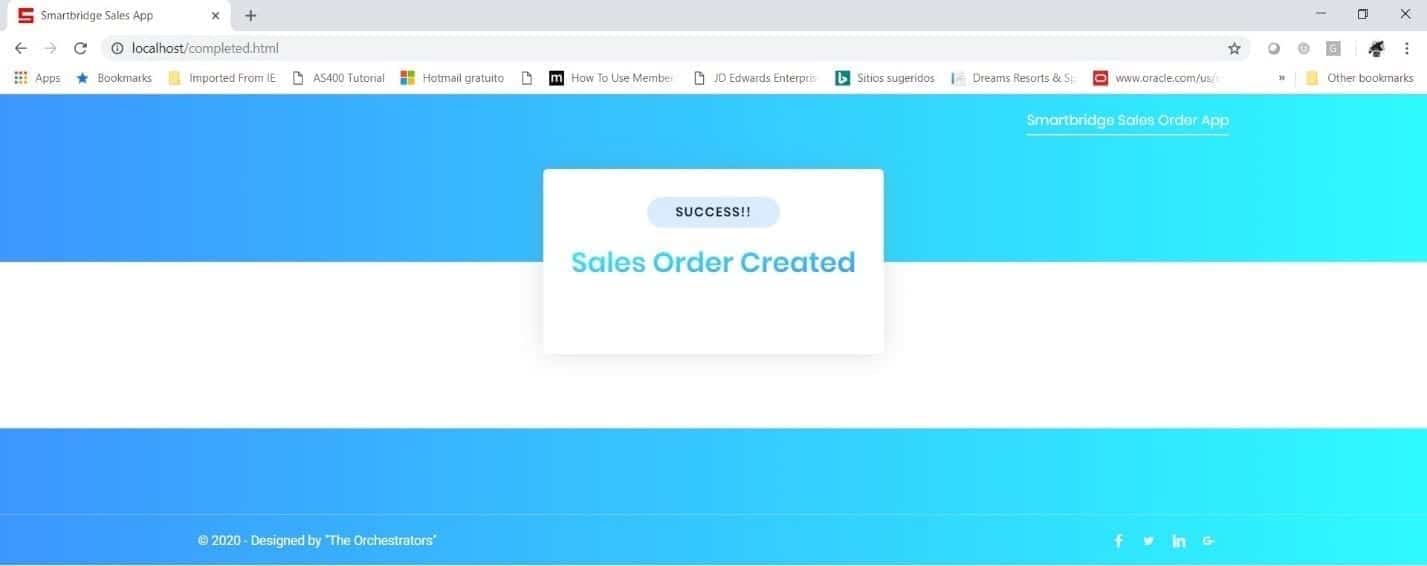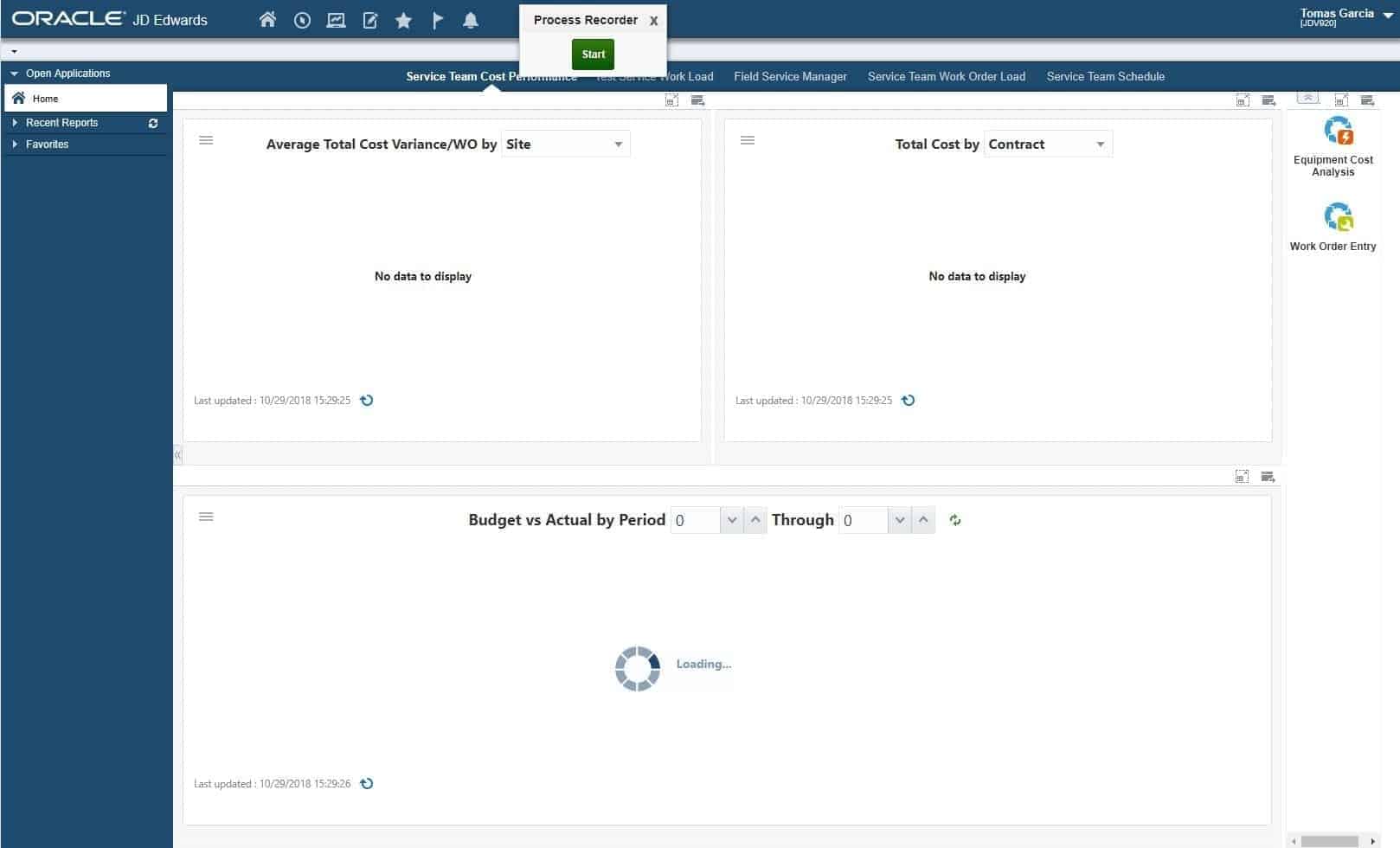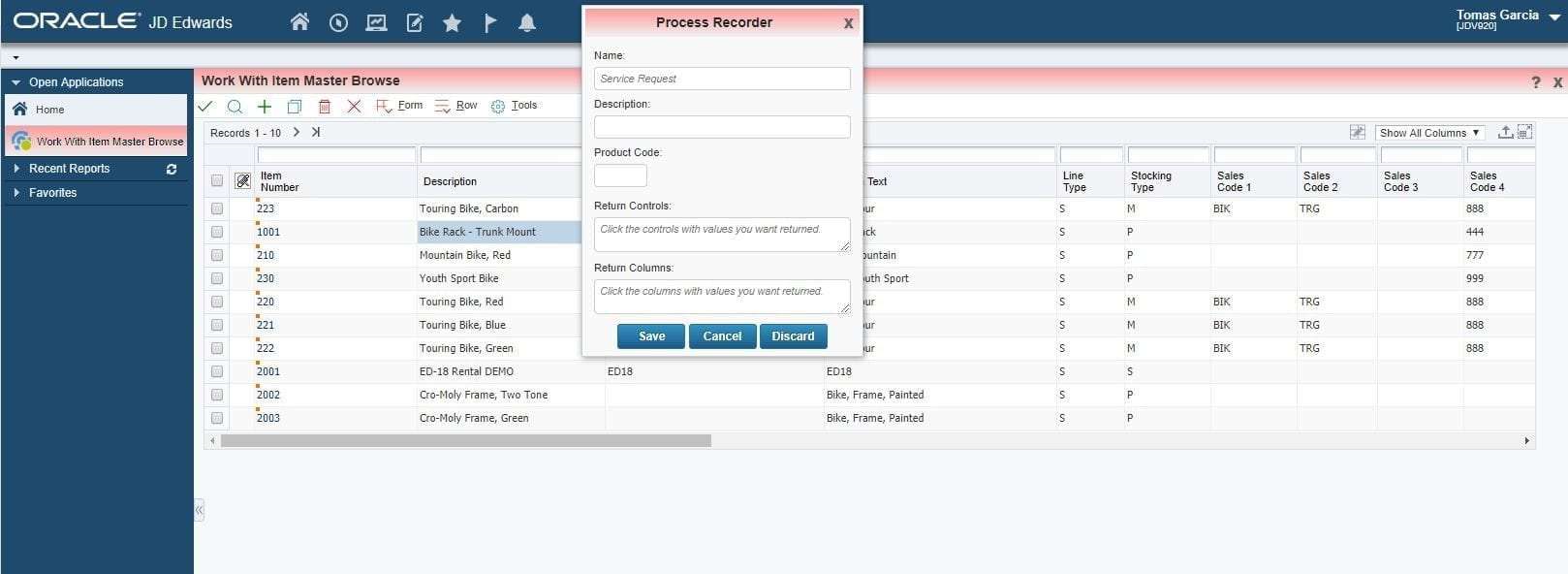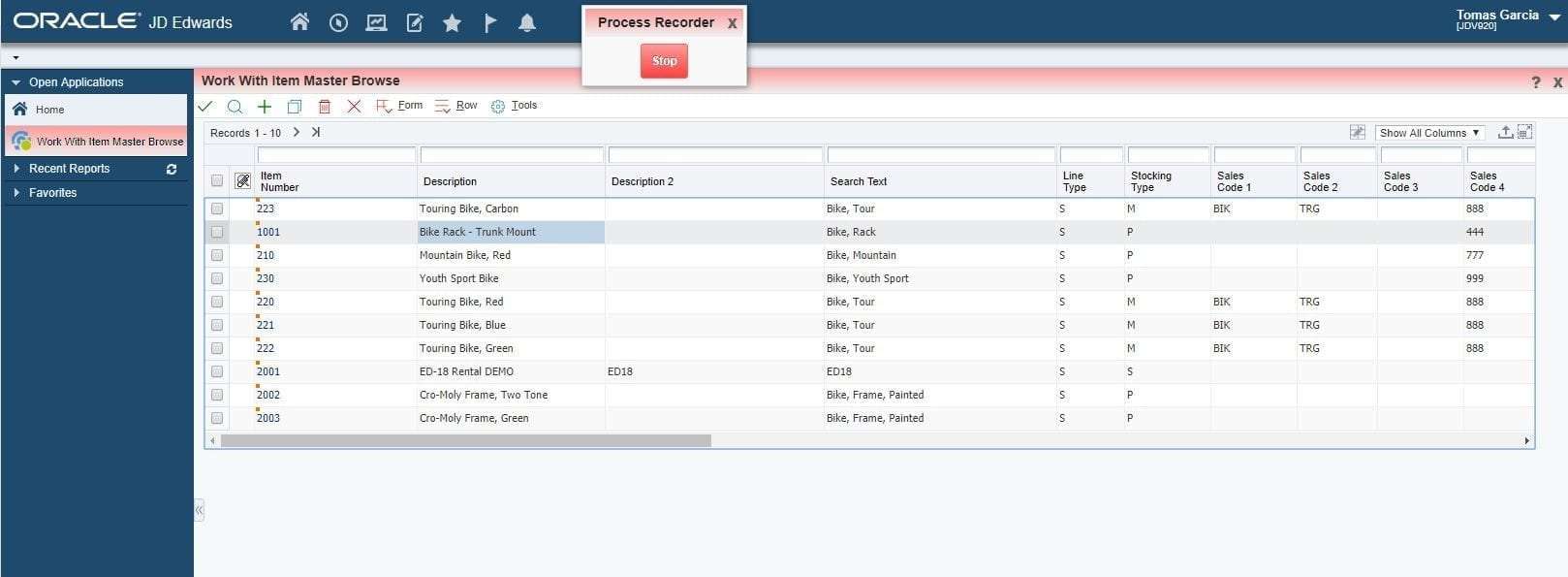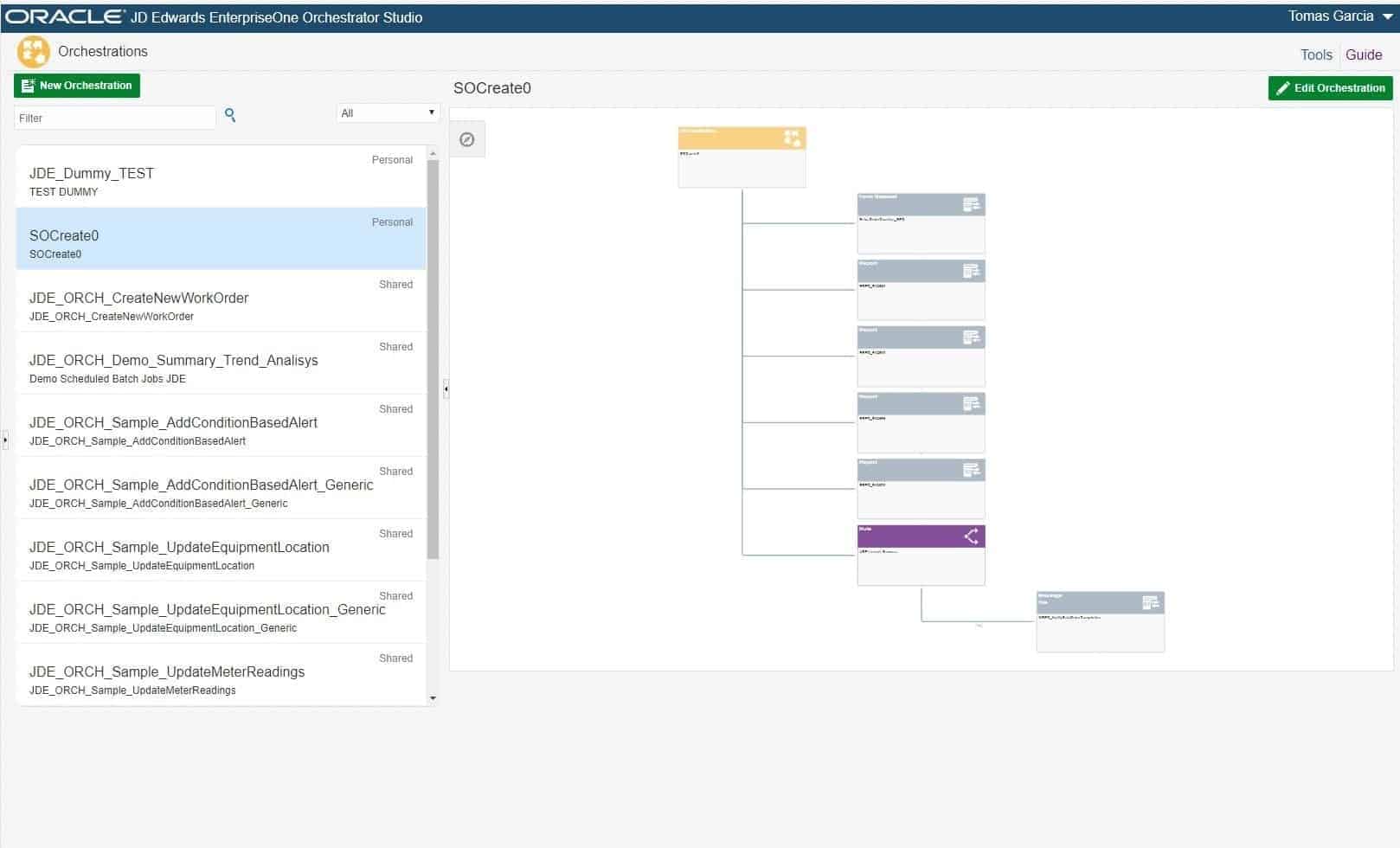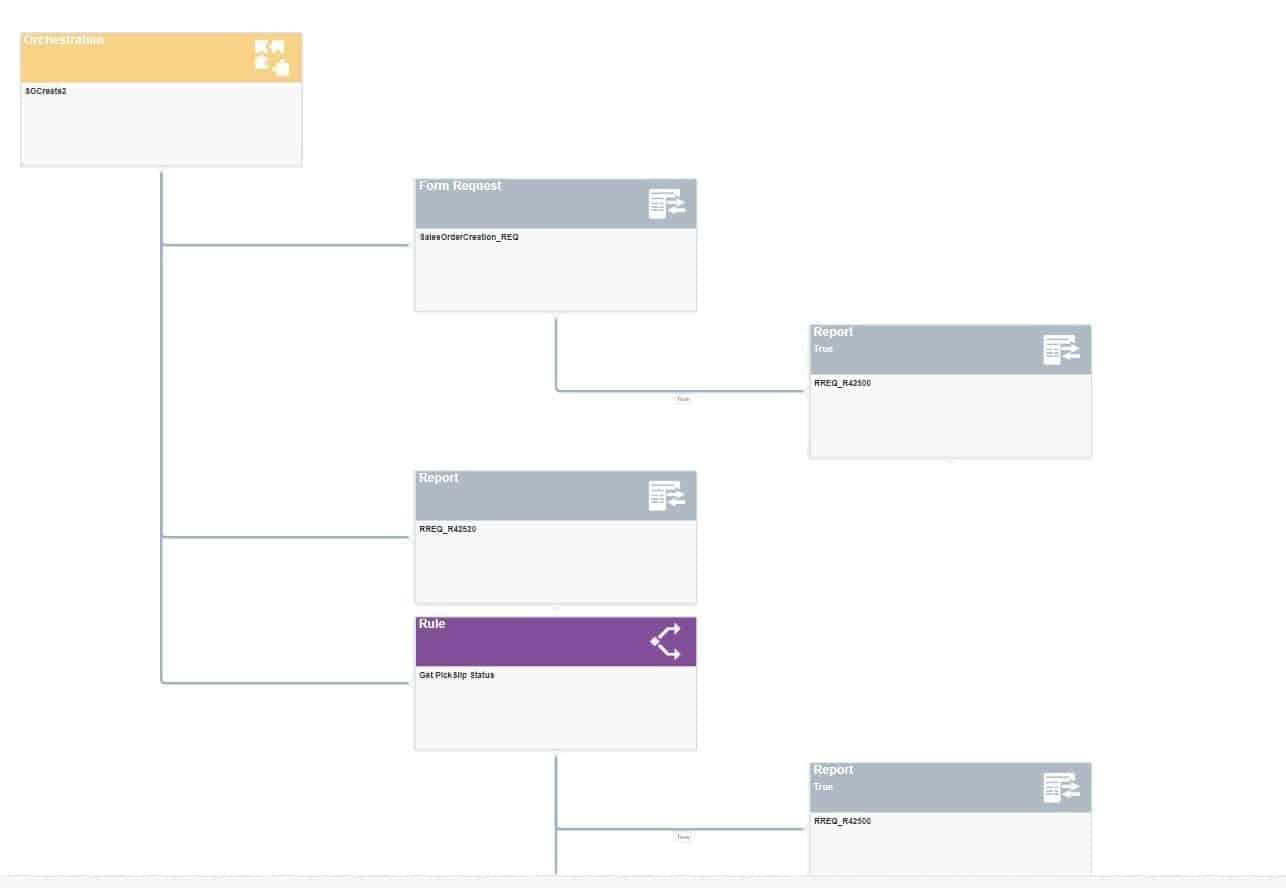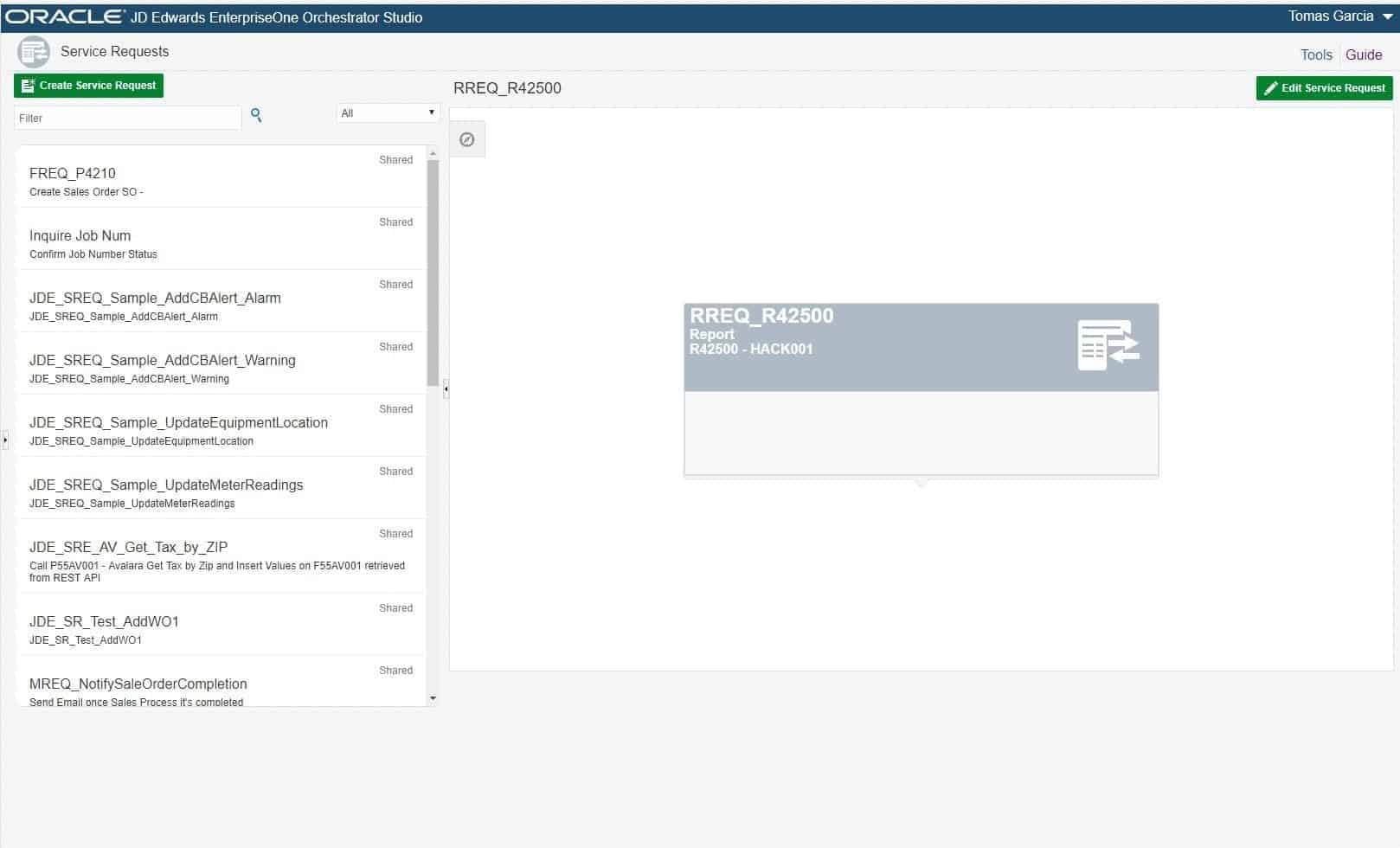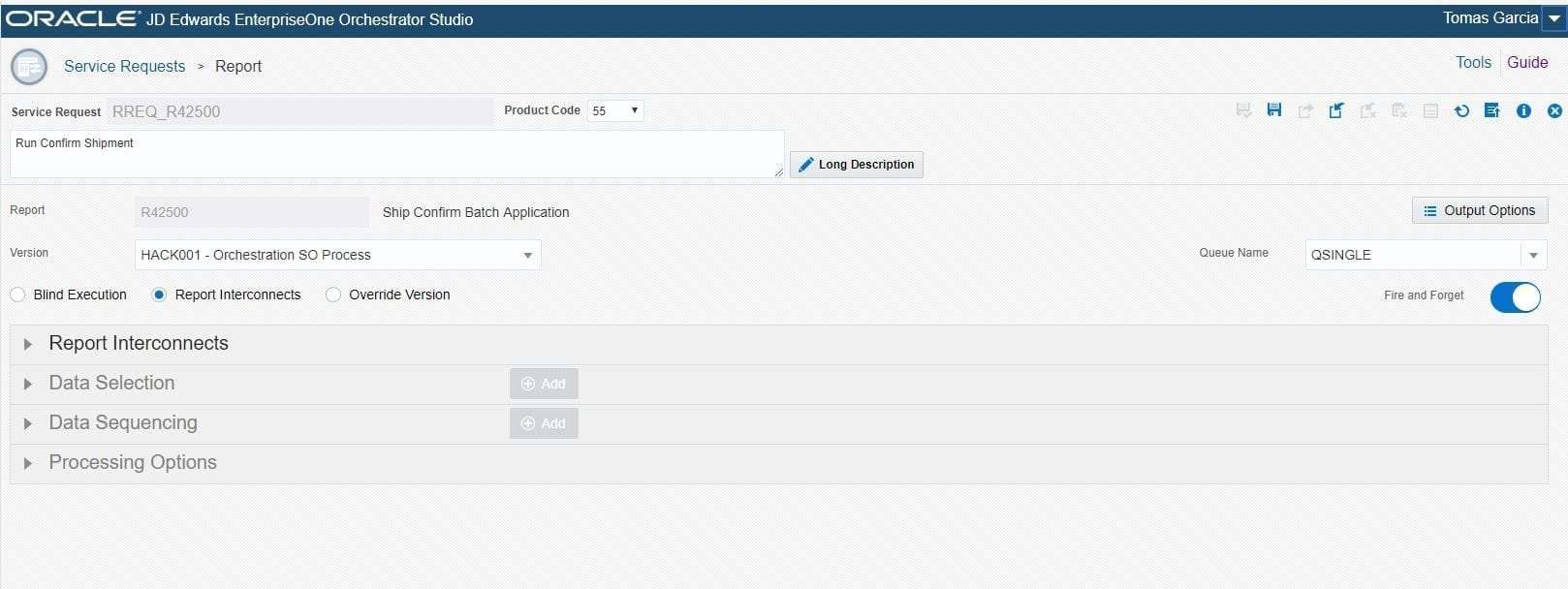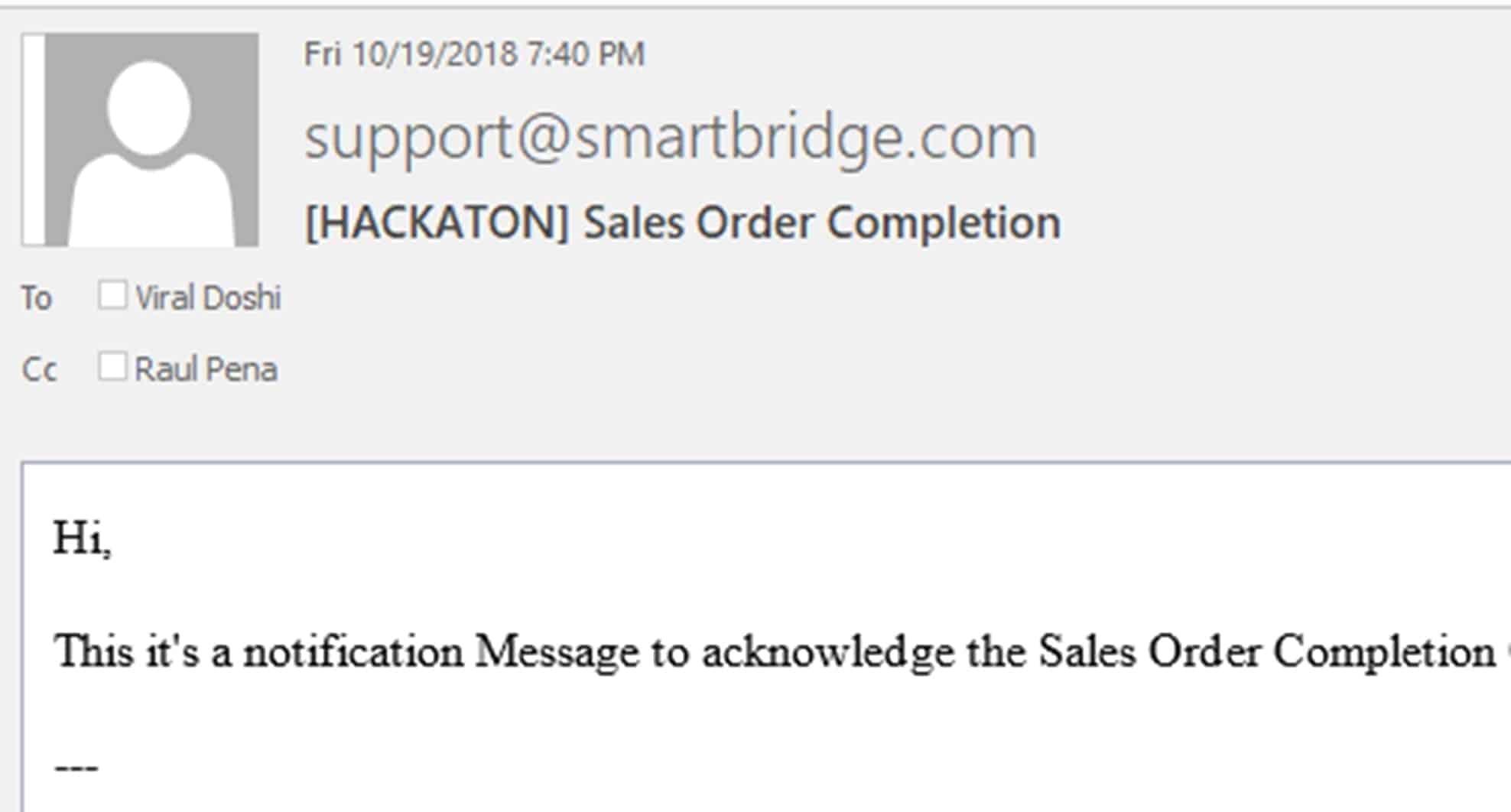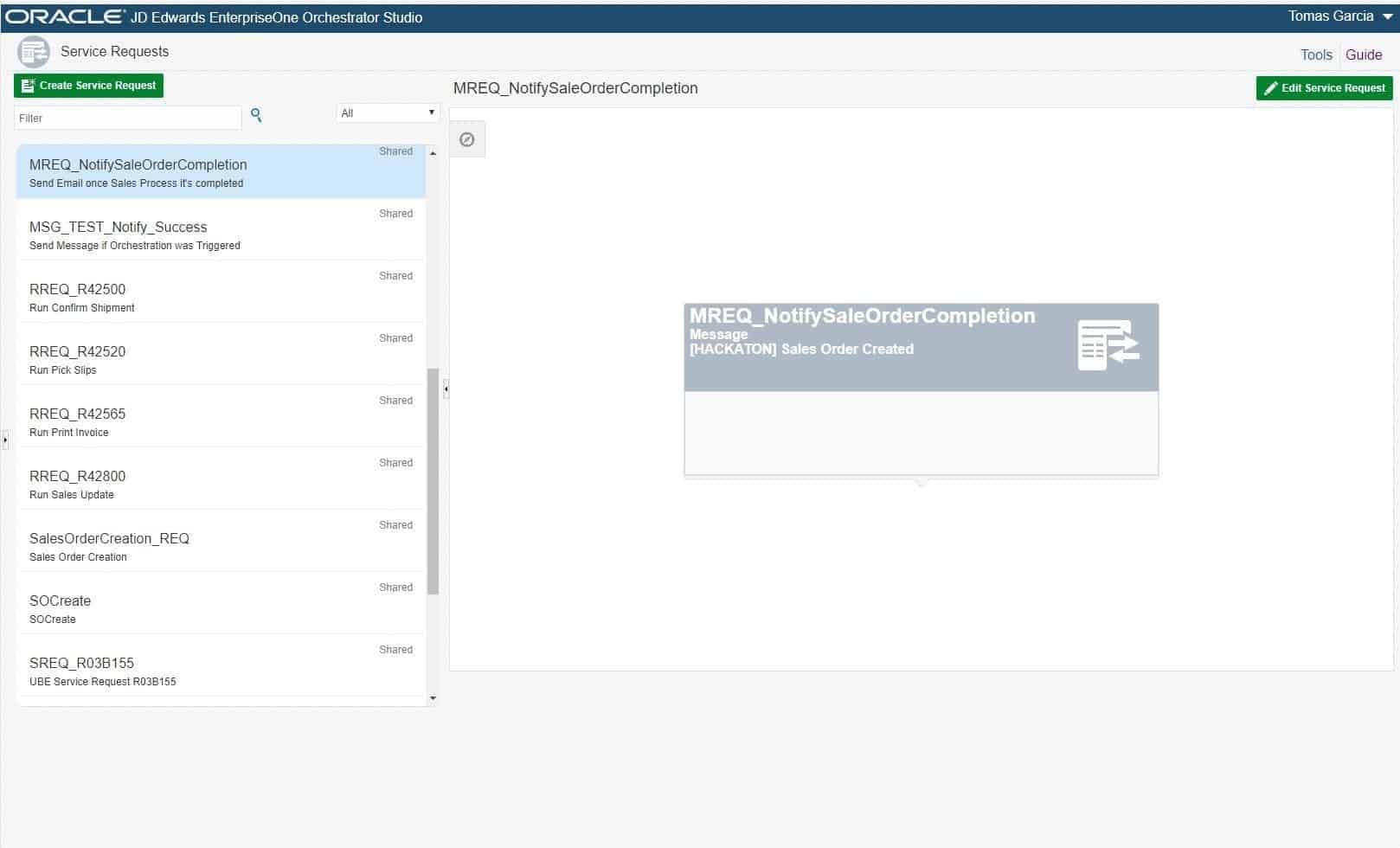Sales Order Process Automation with JD Edwards EnterpriseOne Orchestrator
During a recent hackathon, the Smartbridge Enterprise Systems team used JD Edwards EnterpriseOne Orchestrator, on tools release 9.2.2.4, to successfully perform a working demo for an automated sales order process.
Achieving Success Through the Latest Orchestrator Tool
The JD Edwards EnterpriseOne Orchestrator, originally called the IoT Orchestrator, was initially designed to mobilize the IoT configuration with JD Edwards to trigger event based actions and notifications in its ERP. As newer versions are released, it has now become an enhanced integration platform among JD Edwards cloud services, third-party applications, custom programs and more. Orchestrator uses the EnterpriseOne application interface services (AIS) server as its foundation. It processes orchestrations saved to the AIS server to transform external data into actionable business processes. Diving into the hackathon use case, our team explored the fundamentals of sales order process automation with JD Edwards EnterpriseOne Orchestrator.
Hackathon Use Case
The use case was to trigger a sales order creation within JD Edwards from an external source. The order would then be processed all the way through the sales update, and send a notification to the external system upon completion. Four key features of the JD Edwards Orchestrator were successfully implemented:
Step 1: Integration Platform for JD Edwards
An Orchestration automatically becomes a REST API endpoint once it has been published, greatly simplifying the integrations with third party systems. For this use case, Orchestrator was leveraged to fully process the sales order in JD Edwards from order creation to the sales update, all without manual intervention.
Once all the steps were defined in the orchestration, the REST API was used to execute the Orchestration from an external system. This action was triggered by a post RESTful request with the proper authentication, along with inputs from the sales order creation from a simple web application.
Step 2: Process Recorder Feature
To create the sales order request, the process recorder feature was critical in order to replicate the manual process of the sales order creation. Process recorder is a very new and user friendly feature, which simplifies the process of generating form requests in the Orchestration. This automates the process of capturing the parameters needed to generate the order, requiring minor updates, as opposed to having to manually create them.
Step 3: Batch Scheduler Feature
Once the sales order creation form request was complete, the next steps involved the report (UBE) automation, leveraging Orchestrator as a batch scheduler. It was relatively easy to process the order that was created in the initial step. Through the new features of Orchestrator, it was relatively easy to customize the job queue, data selection, and processing options inside each step to generate the appropriate process flow.
Step 4: Notification Feature
With these actions completed, a notification service request was also generated to submit an email to the external system. This notifies the user that the sales order was successfully processed in JD Edwards.
This feature currently does not provide the ability to submit the UBE’s output (such as a PDF or CSV), but it’s expected that this functionality will soon be available in a future tools release.
A Bright Future for Orchestrator
JD Edwards Orchestrator has been significantly revamped, and is now a very powerful tool capable of much more things than just IoT. The above features are available on the JD Edwards Orchestrator studio 9.2.2.4 tools release, as well as the tools releases following.
The future of Orchestrator looks very promising. Clients who are on the latest JDE applications and tools release stand to reap significant benefits by exploring its latest features and functionalities.
There’s more to explore at Smartbridge.com!
Sign up to be notified when we publish articles, news, videos and more!
Other ways to
follow us:


